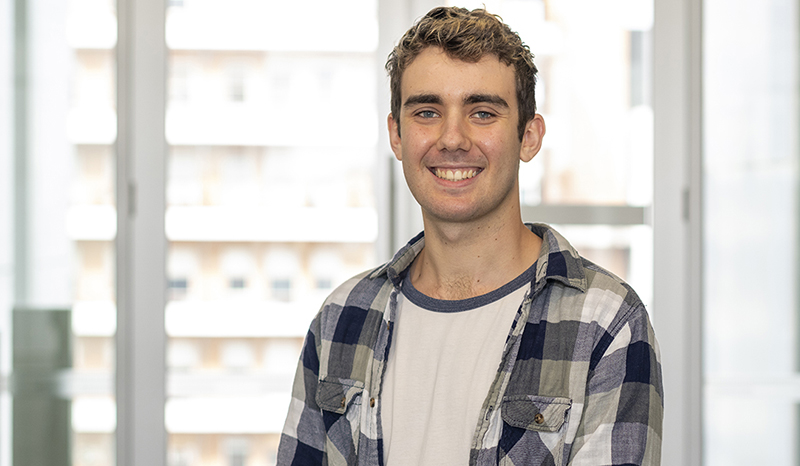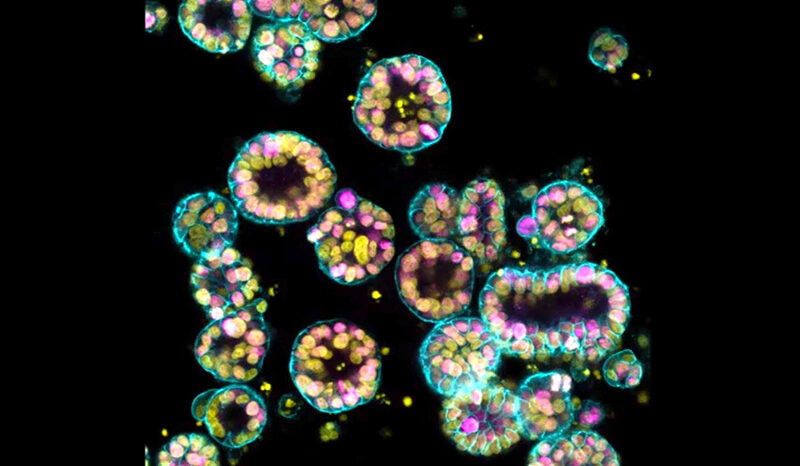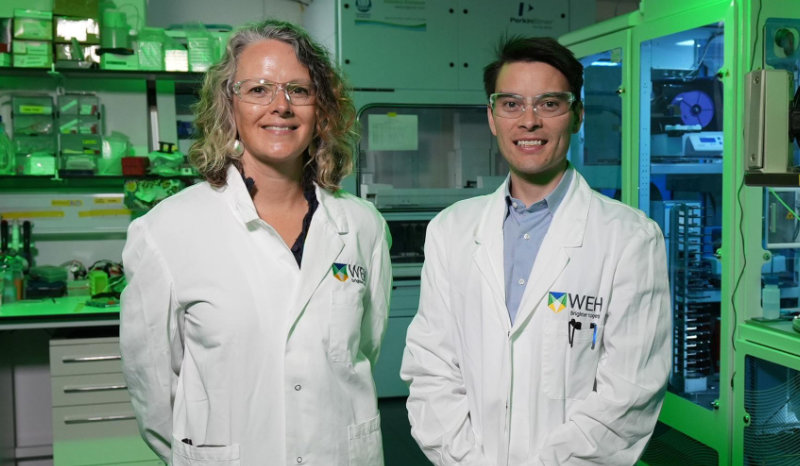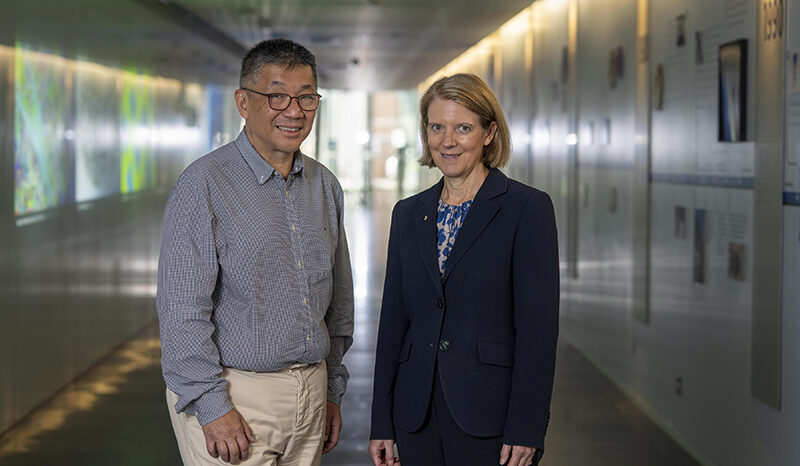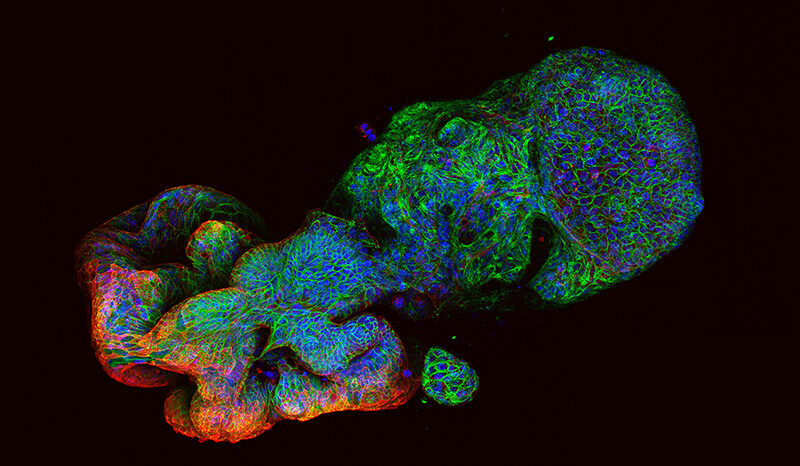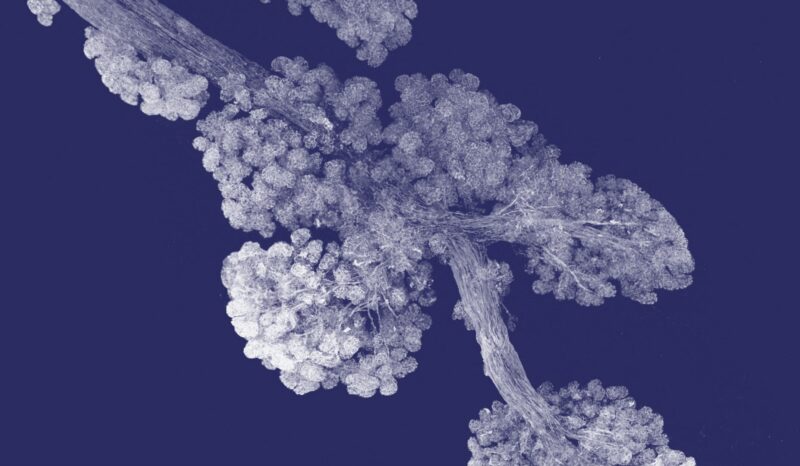I knew I wanted to be a scientist when… I was a kid. I spent most of my childhood obsessed with David Attenborough documentaries. I was fixed on becoming a zookeeper but veered towards research in university.
When I meet someone new, I explain what I do as… modelling brain cancer in the 3D space all the way down to the single cell level. Technologies like spatial omics allow us to interrogate how normal brain cells, immune cells and cancerous cells interact. We want to understand how intermixed these cells are, what signals they send to each other, and how we could potentially target these aspects to stop cancer from coming back.
I love being a scientist at WEHI because… I get exposure to a breadth of biomedical research. So much vital work is being done that reaches so many different patients and communities, and to be a cog in the machine is a privilege.
The thing gets me out of bed in the morning is… the desire to make a tangible impact for the families affected by brain cancer. There is a very dedicated and involved community who have generously shared their stories with us. It serves as a constant reminder of the significance and urgency of our research at The Brain Cancer Centre.
What I love about bioinformatics is… the constant trial and error of creating a piece of code to solve new methods of analysis. Spatial omics is still a new and rapidly evolving field. It is exciting to benchmark robust ways to get the most out of our datasets.
One of the coolest things I’ve been able to do as a scientist is… travel overseas to collaborate with labs in Germany. The opportunity to experience new lab dynamics whilst actively contributing to my studies was beyond my expectations.
The thing I’m proudest of is… receiving a CSL Translational Data Science Scholarship for my PhD project. This shows that the spatial methods I am developing for brain cancer can be applied to multiple intricate tissue types, enabling new discoveries to be made.
One of the biggest challenges I’ve overcome was… settling into Melbourne. When I first arrived, I could count the people I knew on one hand. Now I feel like I have a great circle of friends and it is those connections that make my science stronger.
When I’m not in the lab, I like to… explore Victoria on camps and hikes. I enjoy escaping the constant buzz of city life and finding incredible landscapes.


